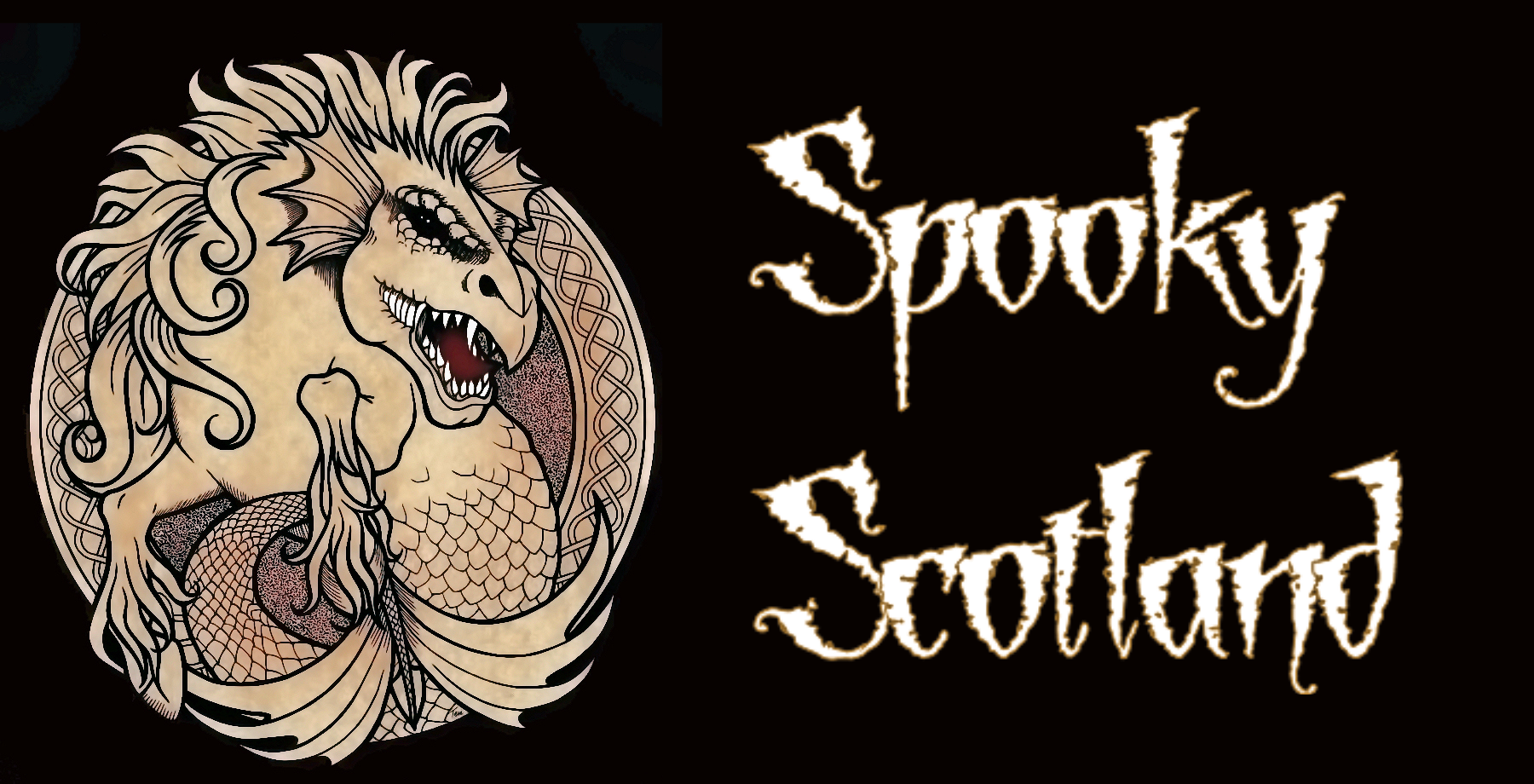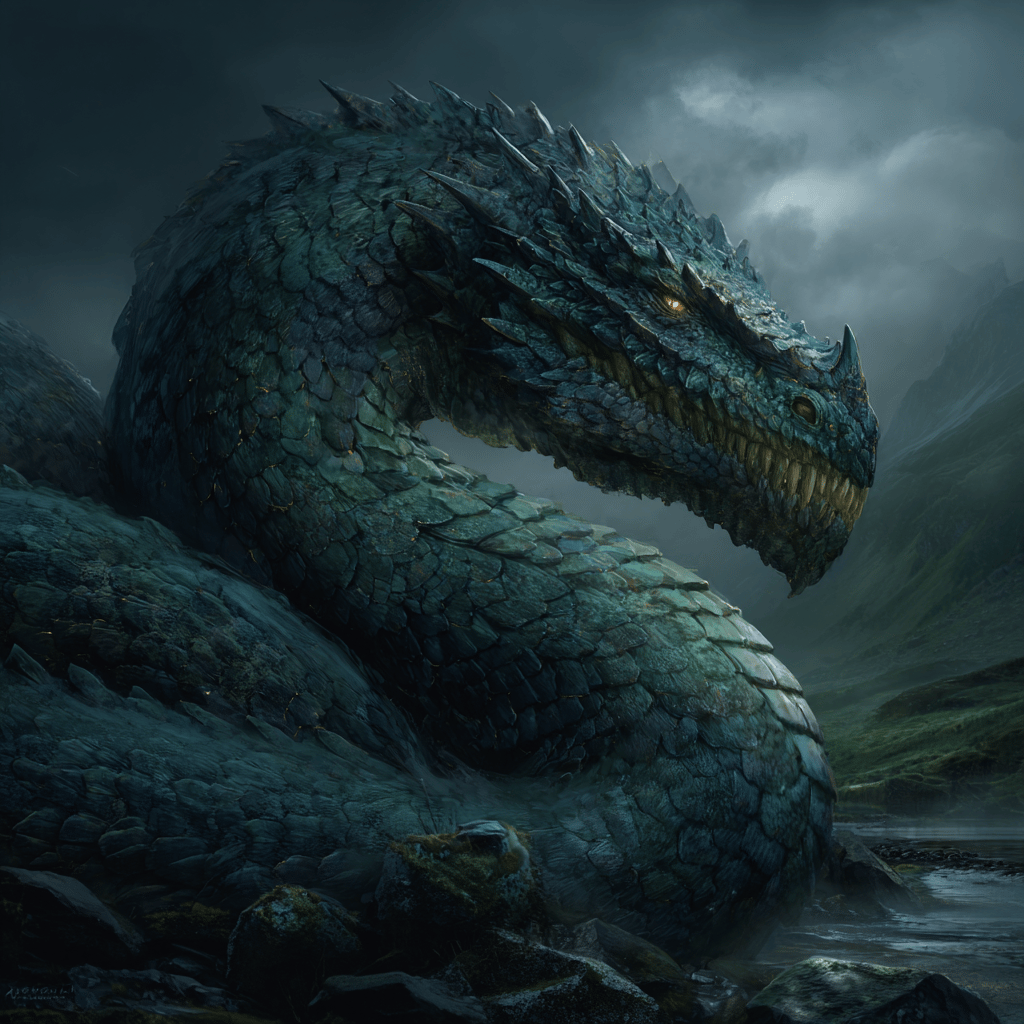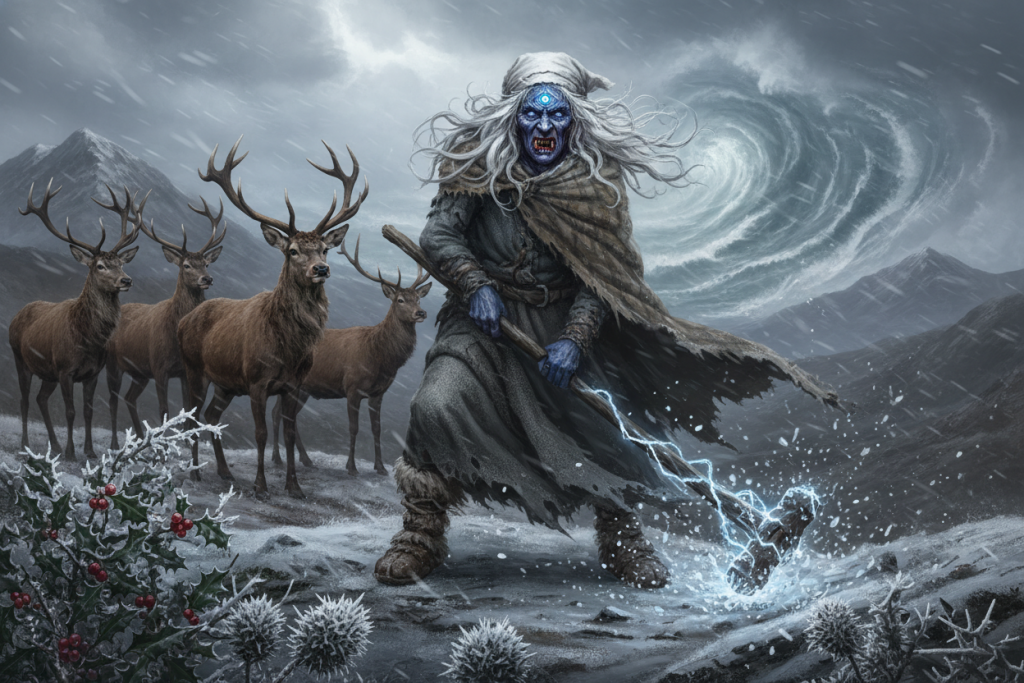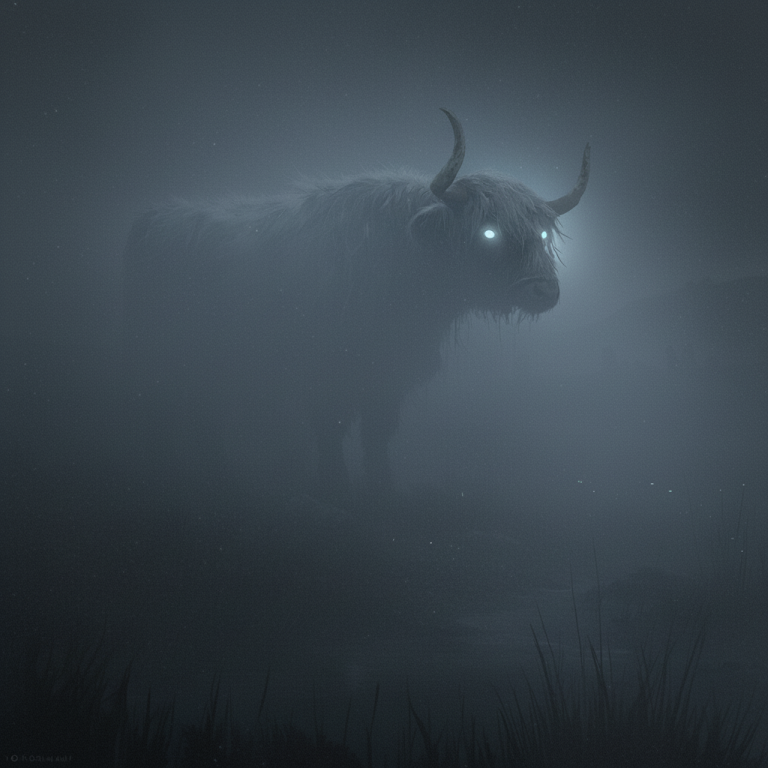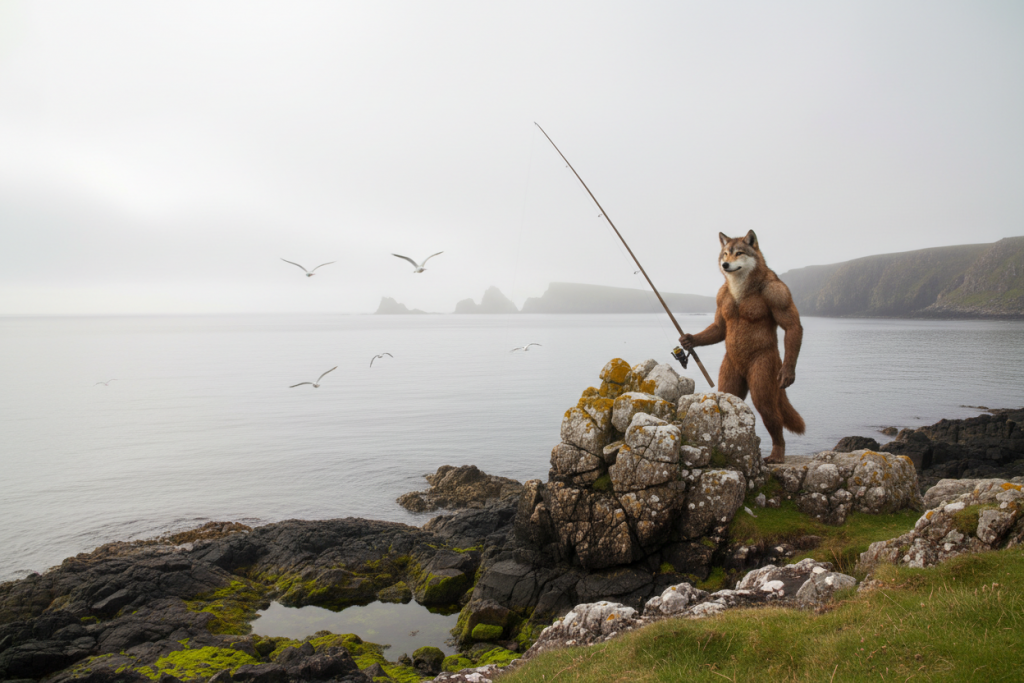The wyrm is a legendary dragon-like creature found throughout Scottish folklore. Unlike the classic winged, fire-breathing dragons of modern fantasy, Scottish wyrms are massive, legless, wingless serpents. They are deeply rooted in the landscape and stories of Scotland. Often, they are used to explain ancient earthworks, henges, and the shapes of hills.
Wyrm Appearance:
Wyrms are described as huge serpentine monsters. They have long, scaly bodies, no legs or wings, and formidable jaws filled with razor-sharp teeth. Some are said to have poisonous or fiery breath. All are known for their insatiable hunger, especially for livestock and, sometimes, humans. The Beithir, a variant, is said to have a venomous sting.
Wyrm Habitat:
Wyrms are found in a variety of wild, remote places. Some are terrestrial, living in caves, corries, hillforts, henges, and even beneath ancient stone circles. Others are marine, haunting rivers, lochs, and the sea. Their presence is often linked to water, but they can be found in both high mountains and lowland glens.
Wyrm Behaviour:
Wyrms are usually depicted as dangerous, predatory creatures. They terrorise local communities, devour livestock, and sometimes people. Some are cunning and vengeful, while others are mindless forces of destruction. They are often linked to natural disasters, such as storms or lightning, and are blamed for mysterious deaths or damage. A common belief is that if a wyrm is chopped into pieces, the parts can rejoin and come back to life unless they are properly separated or destroyed.
Shape-shifting Ability:
Most wyrms are not shape-shifters, but some stories, especially those involving the Beithir or the Cailleach, feature shape-shifting elements. The Cailleach, a goddess of winter, is said to have transformed into a serpent or dragon in her battles with the forces of spring.
Variant:
Notable variants include the Beithir (a giant, venomous serpent), the Stoor Worm (a colossal sea serpent), and the Linton Worm (a land-dwelling monster of the Borders). Each has its own unique traits and stories.
Location in Scotland:
Wyrm legends are found across Scotland, with famous sites including Wormy Hillock Henge in Aberdeenshire, Linton Hill in Roxburghshire, the wilds of Islay, and the Northern Isles such as Orkney, Shetland, and the Faroe Isles. Pictish stones in Aberlemno, Brandsbutt, Strathmartin and Golspie also feature serpent imagery. Both terrestrial and marine wyrms are found in Scottish folklore, with some haunting the land and others the waters.
Stories/ Sightings or Experiences:
- Wormy Hillock Wyrm: Said to have terrorised the glen between Rhynie and the Cabrach until slain by a local hero. Its burial mound is marked by a prehistoric henge.
- Michael Scott and the White Serpent: The legendary wizard Michael Scott defeated a white wyrm, gaining magical knowledge by tasting its flesh.
- The Linton Worm: Defeated by John de Somerville with a burning lance, its death shaped the local landscape.
- The Stoor Worm: A sea serpent so vast it could encircle the world, slain by the hero Assipattle, whose actions created the northern isles.
- The Beithir: The deadliest of all, with tales of devouring livestock and people, and even being used as a magical disguise.
- In several stories, wyrms are only truly killed by tricking them into eating burning peats or other fiery substances, which destroy them from within.
Purpose of the myth or Legend:
Wyrm legends serve many purposes: explaining unusual landforms and ancient monuments, warning against the dangers of the wild, and embodying the struggle between chaos and order. They also reflect the power of nature and the importance of bravery, wisdom, and cunning in overcoming great threats. Some stories, like that of Michael Scott, link the wyrm to the acquisition of knowledge and magical power.
